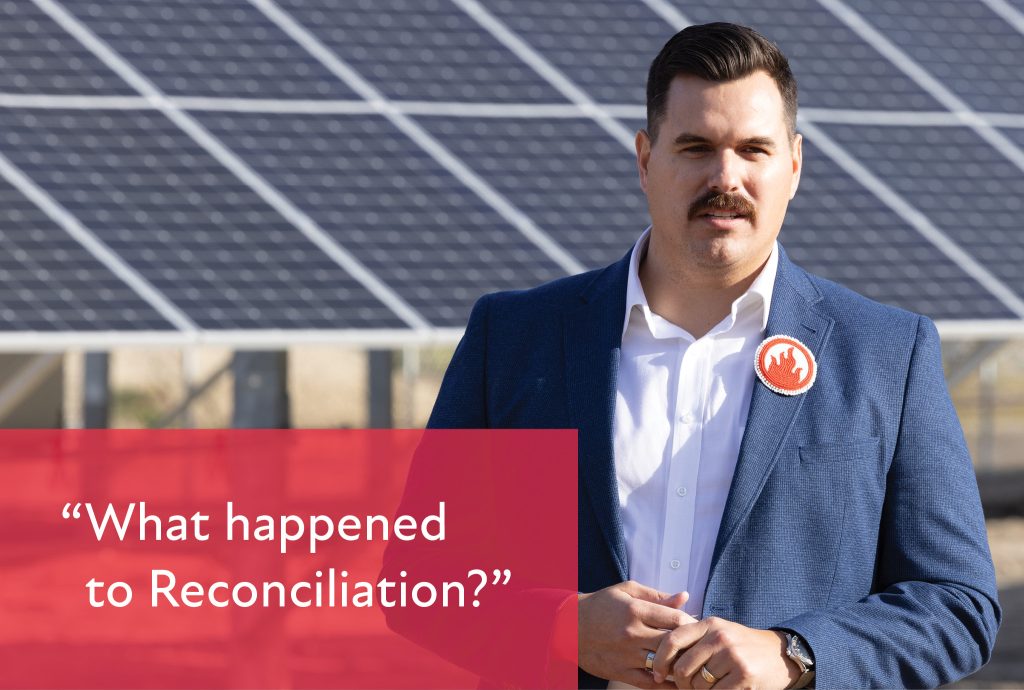Budget Analysis from Creative Fire Partner & President, Jordan Baptiste
Beyond the budget: where Reconciliation really lives
Across the country, Indigenous leaders are asking the same question: what happened to reconciliation? Budget 2025 offers a clear, if uncomfortable, answer. Federal spending is tightening, and the dollars once dedicated to closing social and economic gaps are slipping backward.
Funding for Indigenous Services Canada and Crown–Indigenous Relations will fall by about two percent. It may not sound like much, but it means tens of millions fewer dollars for communities already stretched thin, where clean water, housing, health, and education needs continue to outpace support. At the same time, Budget 2025 puts its weight behind large infrastructure and climate projects, leaving Indigenous programs standing still or falling behind. It’s not restraint; it is a quiet step back from responsibility.
And yet, this moment also reveals a deeper truth. Reconciliation was never meant to live only in government budgets. Across the country, we see Nations, companies, and public institutions redefining what partnership looks like, and building it from the ground up through ownership, innovation, and shared accountability.
At Creative Fire, this is the space we work in every day. We see Nations investing in their own infrastructure and enterprises. We see federal departments working to embed Indigenous procurement and governance into the way they deliver programs. We see companies opening their doors to new ways of working while co-developing projects, co-owning assets, and creating value that stays in community.
This is reconciliation in action. It’s not perfect, and it’s not finished, but it’s growing stronger with every partnership built on respect and shared purpose.
As government budgets pull back, the responsibility to advance reconciliation moves to those who hold influence, resources, and opportunity. Each decision, from procurement to investment, is an opportunity to advance Indigenous ownership, leadership, and lasting community impact.
In boardrooms, classrooms, and community halls, Indigenous leadership continues to shape the future. Across industries, governments, and Nations, the next chapter of reconciliation is already being written.
The federal budget may have taken a step back, but the rest of the country doesn’t have to follow.
